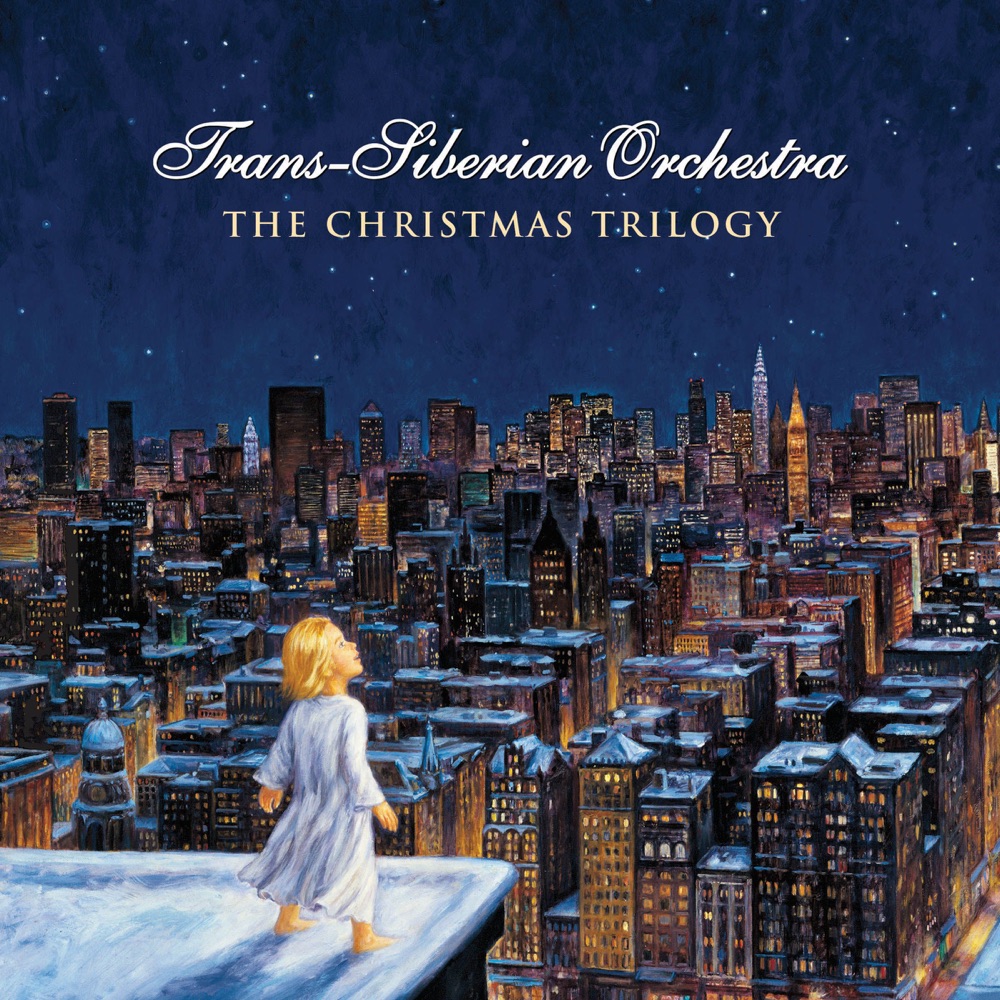Canon for Christmas: A Timeless Melody for the Holiday Season
Related Articles: Canon for Christmas: A Timeless Melody for the Holiday Season
- The Ultimate Guide To Selecting The Perfect Font For Your Christmas Card Address Labels In 2024
- The Art Of Crafting Meaningful Business Christmas Card Greetings For 2024
- Escape The Holiday Hubbub: A Guide To The Best Non-Christmas Holiday Songs Of 2024
- The Ultimate Guide To Choosing The Perfect Christmas Font For 2024
- Top 10 Christmas Songs Of 2024: A Festive Playlist For The Holiday Season
Introduction
With enthusiasm, let’s navigate through the intriguing topic related to Canon for Christmas: A Timeless Melody for the Holiday Season. Let’s weave interesting information and offer fresh perspectives to the readers.
Table of Content
Video about Canon for Christmas: A Timeless Melody for the Holiday Season
Canon for Christmas: A Timeless Melody for the Holiday Season

Amidst the festive cheer and twinkling lights of the Christmas season, the enchanting strains of "Canon in D" by Johann Pachelbel resonate through concert halls, churches, and homes worldwide. This timeless masterpiece, originally composed for a wedding celebration in the 17th century, has become an iconic symbol of Christmas, evoking a sense of peace, joy, and wonder.
Historical Origins and Composition
"Canon in D" emerged from the Baroque era, a period characterized by elaborate musical forms and intricate counterpoint. Johann Pachelbel, a renowned German composer and organist, crafted this piece in 1680 for a wedding ceremony in Nuremberg, Germany. The composition was intended to accompany the procession of the bride and groom, creating an atmosphere of solemnity and elegance.
The canon’s distinctive structure lies in its use of a repeating melody, or "canon," played in different voices. The piece features three voices: a soprano voice that introduces the main theme, followed by two alto voices that imitate the melody at staggered intervals. This imitative counterpoint creates a rich and harmonious tapestry of sound, enhancing the piece’s emotional impact.
Musical Features and Significance
The enduring appeal of "Canon in D" stems from its simplicity and beauty. The melody is both graceful and memorable, featuring a series of ascending and descending arpeggios that evoke a sense of movement and anticipation. The harmonic progression, based on the key of D major, provides a sense of stability and warmth.
The canon’s structure also contributes to its effectiveness. The repetition of the melody creates a hypnotic effect, drawing the listener into the musical journey. The staggered entrances of the voices add depth and interest, preventing the piece from becoming monotonous.
Arrangements and Adaptations
Over the centuries, "Canon in D" has been arranged and adapted for various instruments and ensembles. While the original version was composed for three violins and a continuo, it has been transcribed for solo piano, string quartet, brass quintet, and even choir.
The piece’s versatility has made it a popular choice for weddings, religious services, and holiday concerts. It has been featured in countless films, television shows, and commercials, further solidifying its place in popular culture.
The Christmas Connection
The association between "Canon in D" and Christmas began in the 1970s. In 1978, the British Chamber Orchestra released a recording of the piece that quickly became a holiday favorite. The album’s success sparked a surge in popularity for the canon, and it has since become a staple of Christmas playlists and holiday performances.
The piece’s serene and uplifting melody perfectly captures the spirit of the Christmas season. Its simple yet elegant structure evokes a sense of peace and joy, making it an ideal accompaniment for festive gatherings and quiet moments of reflection.
Legacy and Impact
"Canon in D" has become an enduring symbol of Christmas, transcending its original purpose as a wedding processional. Its timeless melody and intricate counterpoint have captivated audiences for centuries, making it one of the most recognizable and beloved pieces of classical music.
The piece’s popularity extends beyond the Christmas season. It is often performed at weddings, anniversaries, and other special occasions, serving as a reminder of the enduring power of love and harmony.
Conclusion
"Canon in D" by Johann Pachelbel stands as a testament to the enduring beauty and versatility of classical music. Originally composed for a wedding celebration, the piece has become an iconic symbol of Christmas, evoking a sense of peace, joy, and wonder. Its simple yet elegant melody and intricate counterpoint have captivated audiences for centuries, making it one of the most recognizable and beloved pieces of music in the world.
As we gather with loved ones to celebrate the Christmas season, let us embrace the timeless strains of "Canon in D." May its serene and uplifting melody fill our hearts with joy and remind us of the true spirit of the holiday.








Closure
Thus, we hope this article has provided valuable insights into Canon for Christmas: A Timeless Melody for the Holiday Season. We thank you for taking the time to read this article. See you in our next article!